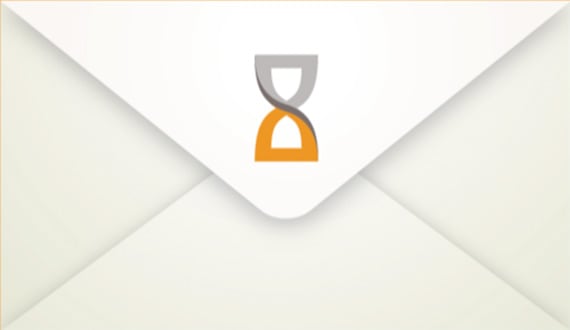Think Your Retirement Plan Is Free? Think Again.

Nearly half of people in their 50s and 60s who have full-time jobs believe they don’t pay any fees in their retirement savings accounts, according to a survey commissioned by Palo Alto, Calif.-based investment adviser Rebalance.
That’s rarely the case. Among workplace 401(k) plans, for instance, the average large plan with $1 billion or more in assets charges 0.34% in expenses, while plans at small employers with $1 million to $100 million of assets charge an average 1.1%, according to Brightscope, a San Diego analytics firm. That includes the expenses of mutual funds or other investments within the plan, as well as charges for basic plan services such as accounting and record keeping.
Similarly, there can be fund expenses and other charges in individual retirement accounts.
That message isn’t getting through to workers, however, as indicated by the 47% in the survey who said they paid no fees.
Among the other respondents, 19% said they thought they paid fees of 0.5% or less a year and 26% thought they paid between 0.5% and 1.5%. Four percent of respondents said they paid 1.5% to 2%, and another 4% said they paid more than 2%.
Retirement-account fees “are not trivial,” says Mitch Tuchman, the managing director of Rebalance, which has $225 million of assets under management, “yet a lot of people don’t believe that this problem applies to them.”
Mr. Tuchman says consumers are confused because of poor disclosures, despite a 2012 rule by the Labor Department that required plan sponsors to be more transparent about fees.
Plan participants are supposed to get a statement from their plan at least quarterly with information on fees and expenses. There is also a summary plan description outlining fees that participants get when they join a plan and every five to 10 years after that, depending on whether there are material changes. The annual report will show total fees paid by a company plan but not expenses deducted from investment results or fees paid in a person’s individual account.
Employees may be able to check their 401(k) fees by looking at the plan’s website. Plan participants and IRA investors can also check the prospectuses of mutual funds in which they invest.
Rebalance is offering a form letter employees can email to their plan sponsor to request fee information.
One way that plan sponsors and IRA investors can lower expenses is by using low-cost index funds as investments. Rebalance builds portfolios of low-cost exchange-traded funds. It is one of a number of so-called robo advisers that are competing with traditional brokerage firms.
The survey of 1,165 full-time employed adults aged 50 to 68 was done in mid-September by the online market research firm As Your Target Market.






